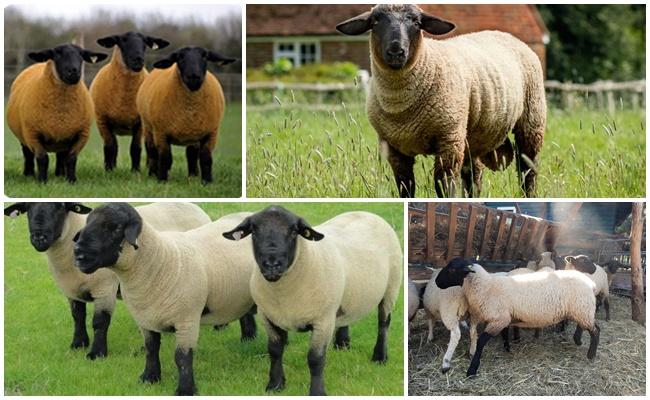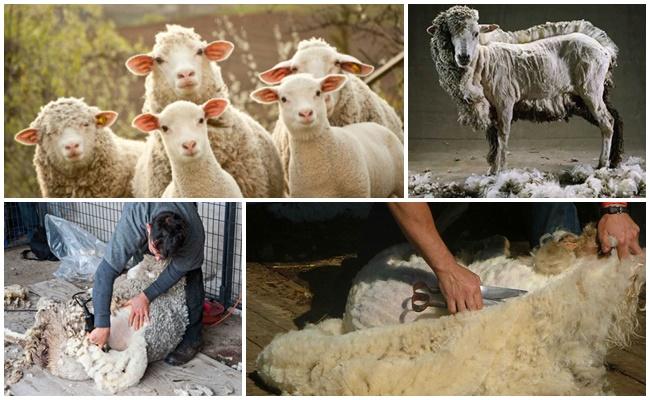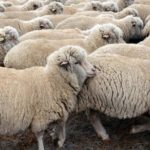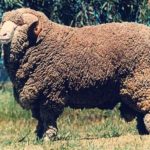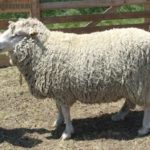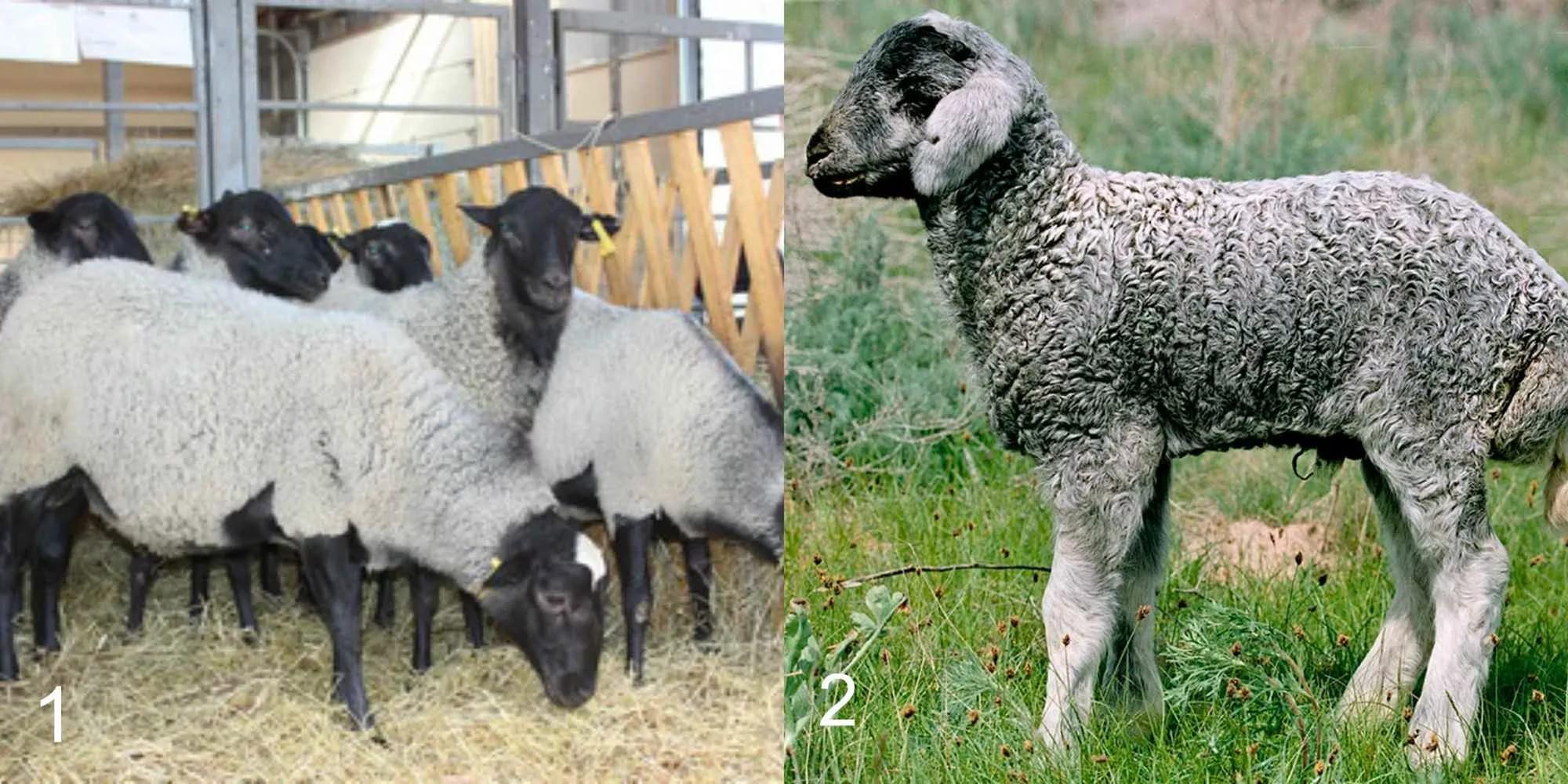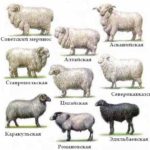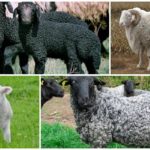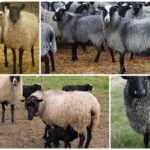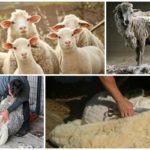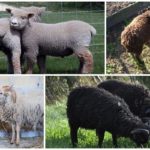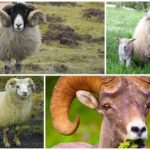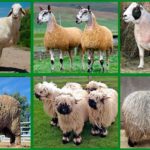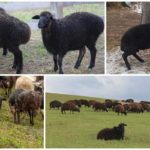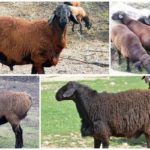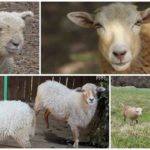The classification, or rather, systematization of breeds of rams and sheep according to the direction of productivity and wool quality, clearly displays the main characteristics of the animals. They are bred on an industrial scale mainly for wool fiber and meat. Small farms have the opportunity to raise sheep to produce fat tail fat and milk for making elite cheeses.
Classification of breeds according to productivity
Sheep are animals that are bred for tasty lamb, fat tail, and wool. Bryndza and gourmet cheeses are made from the milk of females.The skin removed during cutting (sheepskin, smushka) is used for sewing fur products. Breeds are classified according to productivity, that is, depending on the type of product for which the animals are raised.
Meat
Breeds of meat specialization include animals with a strong constitution, developed muscle mass, and high productivity indicators. Such rams and sheep grow quickly, gain weight well, are distinguished by early maturity, at 9 months of age they weigh at least 40-50 kg, and at the age of one and a half their weight is 70-90 kg. Some individuals gain up to 130 kilograms. The slaughter yield of meat is about 50%.
Meat-fat
These are mainly animals of Asian breeds, which are raised for meat and fat tail. Rams quickly gain weight; by 9-10 months they weigh at least 45 kg. In one season, they gain 2-7 kg of fat tail fat. In some representatives of this breed, the weight of 2-3 years can reach 120 kg, and the mass of fat in the fat tail can reach 30 kg. The best meat and tallow sheep (according to production classification): Gissar, Edilbaevskaya, Jaidara.
Dairy
Sheep are not bred solely for milk. It is a by-product obtained after lambing of females. Dairy sheep breeds are divided into meat and dairy and wool and dairy. The East Friesian German breed produces the most milk (450 liters per year per lactation). A little less can be obtained from French Lakon, Tsigai, Romanov, Balbas and Askani sheep.
Bryndza and gourmet cheeses are made from sheep's milk: ricotta, Roquefort, feta, pecorino.This product is not consumed with cheese. Milk has a high fat content (6-9%).
Woolen
Wool is one of the main products of sheep farming. Wool is sheared from sheep 1-2 times a year, usually after winter. Wool can be fine, semi-fine, coarse, semi-coarse, of varying lengths and thicknesses. Depending on the breed, from 3 to 12 kilograms of wool are sheared from one animal per year.
Types of sheep by wool type
Sheep have fine, semi-fine and coarse wool. Each breed has its own type of coat. Merino fine wool is considered the most expensive.
Fine-fleece
Fine-fleece sheep produce the highest quality fine wool. This group contains animals with different indicators of wool and meat productivity. Most wool is sheared from fine-wooled rams and sheep (6-16 kg). The lowest productivity is in the meat and wool subgroup (3-6 kg).
Fine-fleeced animals include breeds of animals whose wool fineness is generally 15-22 microns. Rams are shorn when the hair length reaches 6-9 cm. Based on quality, fine fleece is divided into merino (white, soft, elastic) and non-merino (less crimp). Types of fine-wool animals according to productivity:
- wool (Soviet merino, Stavropol, Salsk);
- meat and wool (prekos, Dagestan, Volgograd);
- wool and meat (Caucasian, Transbaikal, South Ural).
The wool of fine-wool sheep is used in the knitting industry, including for the production of elite suiting fabrics. Merino hair, cut at the withers, is used to make thin and durable merino yarn. Extra-class wool sells for 20-30 dollars per kilogram.
Semi-fine fleece
The fineness of wool in semi-fine wool breeds is 22-30 microns. Semi-fine-wool sheep have short-haired (less than 10 cm) and long-haired (more than 10 cm) wool. From one animal (depending on the breed) they cut from 1.2 to 9.5 kg of wool per year.
Varieties of semi-fine-fleece sheep:
- meat-wool long-haired (Soviet, Kuibyshev, Russian, Romney-marsh);
- meat-wool shorthair (Gorkovskaya, Shropshire);
- wool and meat (Tsigai, Gorno-Altai).
The wool of semi-fine sheep is a valuable raw material for the knitting industry, from which wool fabrics and technical cloth are made. Livestock products are used to make rugs, blankets, and carpets.
Rough-haired
Coarse-haired animals include animals with a wool fineness of 31-40 microns. Coarse-fleeced rams are usually bred for their meat and fat tail. The wool is cut for hygienic purposes 1-2 times a year and handed over to the producers. 1.2-3.2 kg of wool is sheared from one animal at a time. The Astrakhan breed also belongs to the coarse-haired breed, from the skins (smushki) of which astrakhan fur coats are made.
Varieties of rough-wool sheep:
- Smushkovye (Karakul, Reshetilovskaya, Sokolskaya);
- meat and fur coats (Romanovskaya, northern);
- meat and wool (Tyvinskaya, Cherkasy, Kuchugurovskaya);
- meat and greasy (Asian breeds);
- meat, wool and dairy (Karachay, Andean, balbas, Lezgin).
Zoological classification
The zoological classification of rams is based on the length and shape of the tail. This is a conditional systematization of animals belonging to different subgroups. It is also called morphological.
Classification according to zoological principle:
- short-tailed with a skinny tail (northern, Romanovskaya);
- long-tailed with a skinny tail (fine-fleece and semi-fine-fleece breeds);
- short-tailed with fatty deposits in the tail area (Telenginskaya, Buryatskaya, Kulundinskaya);
- long-tailed with fatty deposits in the tail area (Kuchugurovskaya, Georgian, Karakul);
- fat-tailed breeds with a short, underdeveloped tail (Asian fat-tailed breeds).

